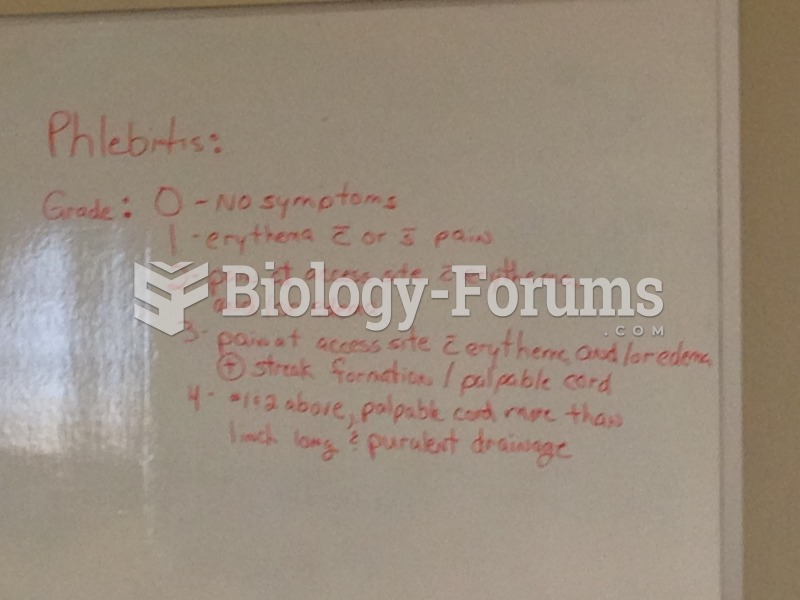Answer to Question 1
Ans: B
Feedback:
The new graduate's best next action to achieve the goal of becoming a team leader is to visit the NFLPN Web site and find out the specific requirements needed for leadership. The nurse will find out that clinical expertise is a goal and can work toward certification in geriatrics, which will take time to achieve making it a long-term action. The nurse can also find out from the NFLPN Web site about education for becoming an effective leader, which will be a later action to take to prepare for the position of team leader. The next best action is definitely not to apply for the team leader position because the new graduate nurse must first gain experience and expertise and educational preparation to be ready for such a challenge.
Answer to Question 2
Ans: A
Feedback:
A leader is a person who, through leadership skills, is able to get others to follow his or her plan to achieve specific goals. The best course of action for the LP/VN is to reevaluate the tasks delegated to the NA to determine if the assignment was too heavy, or beyond the estimated capabilities of the NA, or if there were unforeseen circumstances that made it impossible for the NA to complete the tasks on time. The reevaluation process will open the channels of communication and help build team work. The LP/VN should not assign the tasks to another NA. If the assignment was reasonable and the NA was not working to his/her full potential, then providing more tasks to another NA who does work to their full potential will lead to burnout and resentment for that NA. The LP/VN should not complete the NA's tasks because the LP/VN takes on additional tasks that may jeopardize ability to provide safe and effective care for the clients. The LP/VN should not report the NA to the leader because it jeopardizes effective lines of communication and team work in the future, if there was a reasonable explanation why the NA was not able to perform the tasks.







